
South Korean President Moon Jae-in has spent a few days in Madrid, Spain, for an official state visit. Among the many events scheduled by the authorities, they included a visit to the Senate library, which is quite rich in its archives. There, of course, Moon Jae-in was able to consult in detail historical documents and maps related to his country. And in one of them, drawn up by the cartographer Jean-Baptiste Bourguignon d'Anville in 1740, he was met with a pleasant surprise. The islands of Dokdo were shown to be Korean.
Both Korea and Japan claim sovereignty over the same territory. The dispute is not so much about their resources but as a moral and national issue. For Korea, it has a high emotional value, the fruit of historical resentment towards Japanese imperial ambitions. Japan, for its part, relies on some documents signed after the Second World War in which the allies did not include the islets within their illegitimate possessions, which they had to renounce after the defeat.
The library officials showed Moon the map, titled "Royaume de Coree" (Kingdom of Korea)," which was made by French geographer and cartographer Jean Baptiste Bourguignon d'Anville (1697-1782), in 1737 when the territory was known as the Joseon Kingdom (1392-1910).

The map is a part of an atlas of the Qing Empire (present-day China). Now owned by the library in Madrid, it is known as the oldest map among those existing of the Joseon Kingdom made by a European.

 SHARE
SHARE






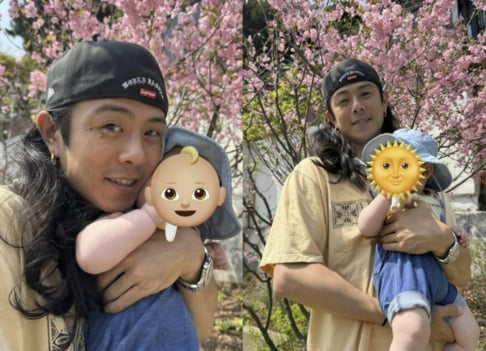





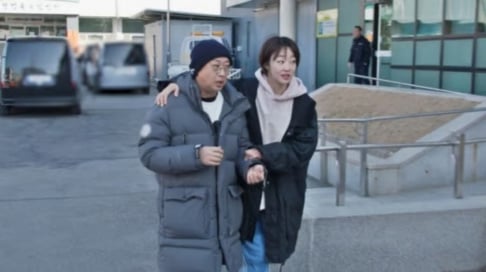









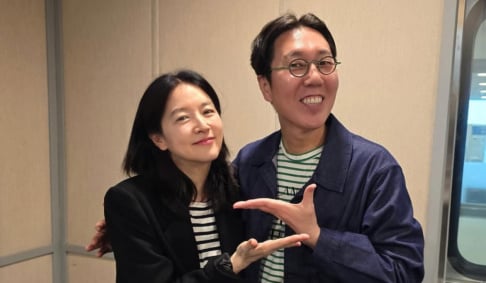






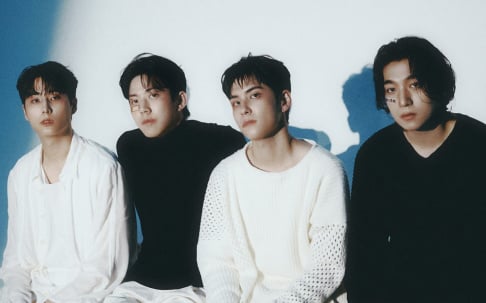







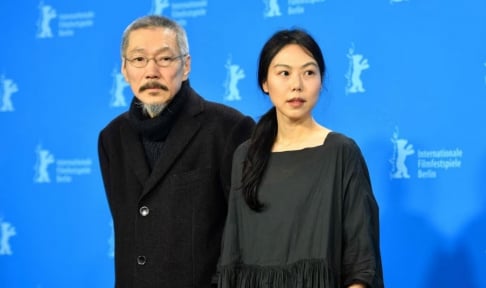






The name of places on the map are the former names used back then, written using french grammar, for example don't search for Seoul, but for Antcheou.
Dokdo can be seen named Tchian-Chan-Tao.
And for the fun, here is a map from the same explorer with China, Korea and Japan : https://gallica.bnf.fr/ark:/12...
2 more replies